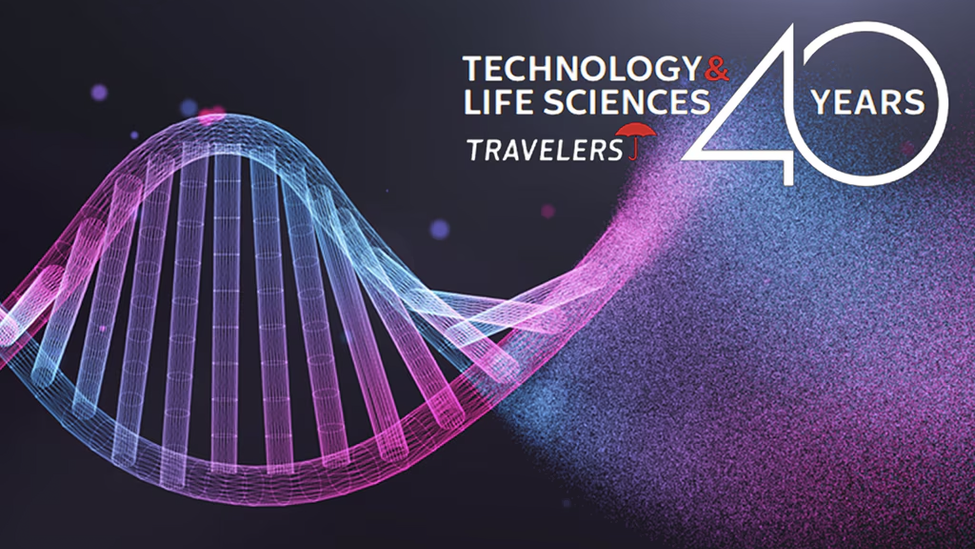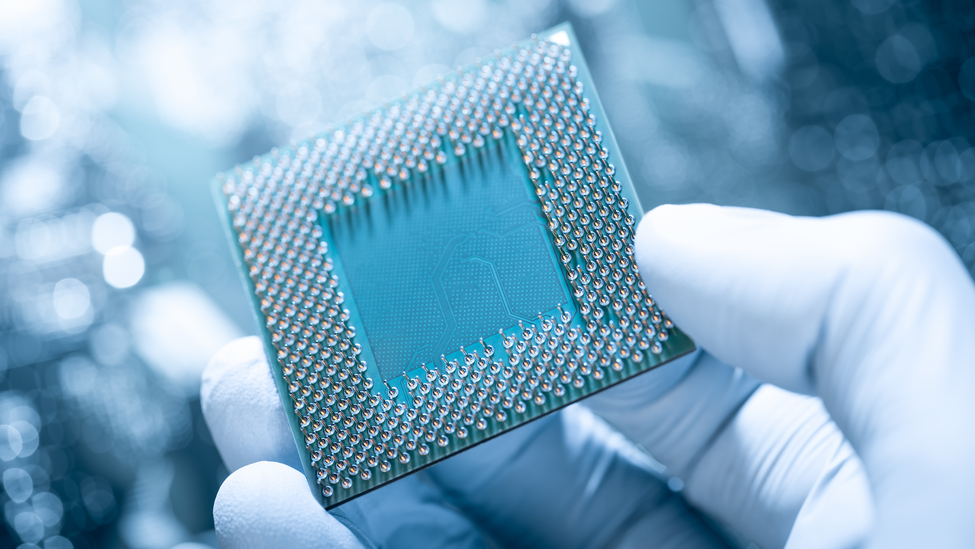Don’t Let Your IoT Prescription Become a Risky Affliction


Medical and healthcare professionals and providers look to IoT to deliver improvements to the broader healthcare ecosystem. They are already creating improved patient experiences and enabling operational efficiencies by applying IoT to appointment tracking, patient flow and hospital inventory management. Increasingly, IoT also acts as a backbone for digital health companies focused on clinical support systems, consumer health data analytics, telemedicine and large-scale IT systems designed to manage electronic medical records.
Be risk aware
Along with IoT’s benefits come significant exposures. As many devices used for medical applications transmit large amounts of personal health information, they pose cybersecurity risks. These new technologies may also challenge existing safety and security standards. A failure of IoT technologies to work as intended may lead to the injury or death of a patient, or the exposure of sensitive personal health information.
To best manage these exposures, technology companies commercialising IoT products, component parts or related software should consider these categories of risk:
Bodily injury
If a device fails to operate as planned, it may result in the injury or even death of a user or patient.
Technology professional indemnity
A purchaser of IoT technology may sustain economic losses from the failure of the technology to work as intended due to an error, omission or act in the design of that technology.
Cyber risk
The risk of cyber attack is rising: A recent PricewaterhouseCoopers survey shows a 192 percent increase in cyber attacks on embedded devices and a 241 percent increase in operational system attacks in the healthcare sector.
Take action
Fortunately, there are steps companies can take to minimise their exposure to these risks:
Consider quality and risk management systems that include hazard analyses, design reviews, testing, and instructions and labels to help guide the safety and use of a product.
Build in cybersecurity protections with help from IT security professionals, application security patches, physical security, Bluetooth encryption, backward compatibility, custom security levels, identity management, cloud security, strong passwords, encrypted data elements and remote erase features.
Evaluate company contract practices to manage exposure to technology professional indemnity risk. Limitation of liability, damage caps, disclaimers/limitations of warranties, entire-agreement clauses or contractual risk transfer and defence/indemnity provisions can help to transfer risk.
Review insurance options to help manage risks that cannot be eliminated.
Technology executives who closely consider their risks and take steps to minimise and manage them will be better positioned to protect their companies – and their IoT market opportunities.


